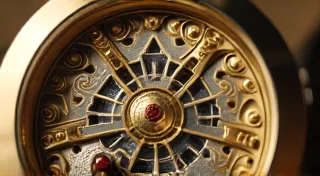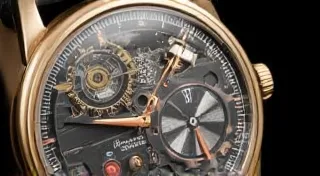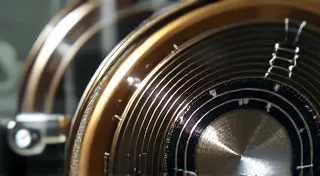The Future of Watch Movements: Innovations and Trends
The world of horology, often perceived as steeped in tradition and heritage, isn't immune to the winds of change. While the allure of classic mechanical movements will undoubtedly endure, the future of watch movements is being shaped by a fascinating blend of innovation, technological advancements, and shifting consumer demands. This article will delve into emerging trends and potential breakthroughs that may redefine how timepieces are built and perceived in the years to come.
The Enduring Appeal of Mechanical Movements & the Need for Innovation
Before looking ahead, it's vital to acknowledge the continued importance of mechanical movements. For watch collecting enthusiasts, watch repair professionals, and those appreciating the artistry involved, the intricate dance of gears, springs, and levers remains captivating. However, maintaining the appeal of mechanical watches in an increasingly digital world necessitates ongoing innovation. Cost reduction, improved efficiency, and greater functionality are key drivers.
The cost of manufacturing a high-quality mechanical movement remains significant, contributing substantially to the retail price of a timepiece. Reducing these costs while maintaining (or even improving) quality is a primary challenge. Furthermore, increasing the power reserve (the amount of time a watch can run without winding) and improving accuracy are constant goals. Finally, exploring new materials and construction techniques can lead to more durable and unique movements. Understanding the nuances of watch movement materials, from the traditional brass and steel to more exotic gold plating, is crucial for appreciating these challenges.
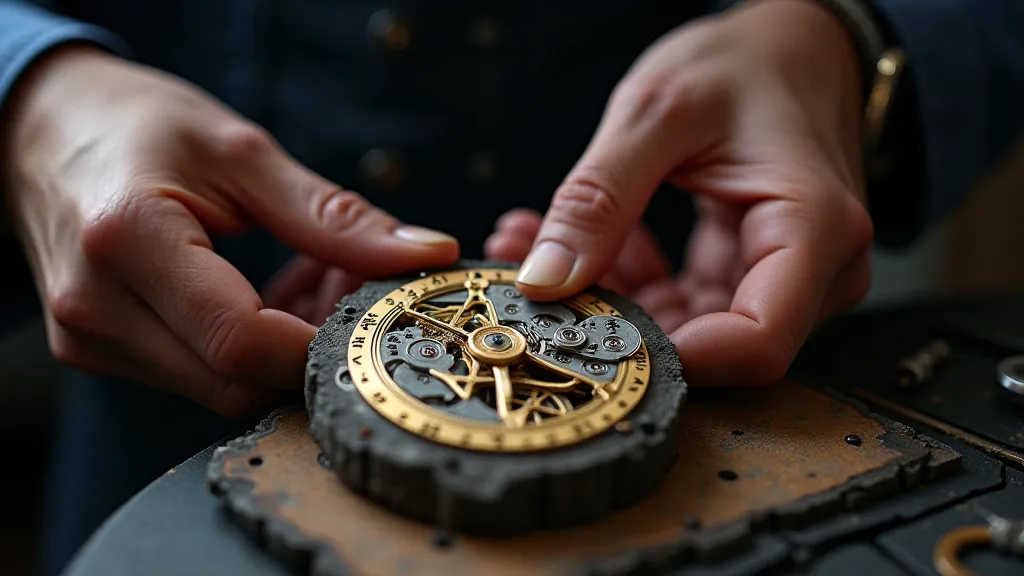
Key Trends Shaping the Future
- Advanced Materials: Beyond Steel and Gold
- Ceramics: Offering extreme hardness, scratch resistance, and lightweight properties.
- Carbon Composites: Providing exceptional strength-to-weight ratios.
- Advanced Polymers: Potential for creating complex, miniaturized components with unique elasticity.
- Micro-Electro-Mechanical Systems (MEMS) Integration
- Integrated Circuit (IC) Components: Controlling movement functions, displaying data (like date and time complications), and even enabling connectivity.
- Miniaturization: Allowing for thinner movements and smaller timepieces.
- Precision Adjustment: Allowing for finer and more precise regulation of a movement’s accuracy.
- The Rise of Kinetic and Hybrid Systems
- 3D Printing and Additive Manufacturing
- Complex Geometry: Allowing for the creation of intricate movement bridges, plates, and even entire movement cases.
- Customization: Allowing for the production of highly personalized movements tailored to individual preferences.
- Rapid Prototyping: Accelerating the development and testing of new movement designs.
- Focus on Sustainability and Ethical Sourcing
- Recycled Metals: Using recycled gold, silver, and other metals in movement components.
- Lab-Grown Diamonds: Offering a more ethical and environmentally friendly alternative to mined diamonds.
- Conflict-Free Minerals: Ensuring that the materials used in watch movements are sourced responsibly.
While stainless steel, gold, and titanium remain popular choices, the future will see a greater adoption of more advanced materials. Silicon (Si) is already gaining traction. Silicon's properties – being virtually unaffected by magnetism and highly resistant to temperature changes – make it ideal for key components like balance springs and pallet forks. This leads to more accurate and reliable movements. Other possibilities include:
MEMS technology, already common in consumer electronics like smartphones, is beginning to find its way into watch movements. MEMS allows for the creation of incredibly small, intricate components using semiconductor fabrication techniques. This opens up possibilities for:
While not strictly “mechanical,” kinetic and hybrid systems bridge the gap between traditional mechanical and quartz technology. Kinetic watches, pioneered by Seiko, harvest kinetic energy from the wearer’s movement and store it in a capacitor to power a quartz oscillator. Hybrid systems combine mechanical components with electronic functions, offering a unique blend of traditional craftsmanship and modern convenience. We might see more refinement in these systems, improving energy harvesting efficiency and integrating them more seamlessly with mechanical elements.
3D printing, also known as additive manufacturing, is rapidly changing manufacturing processes across various industries. In horology, it allows for the creation of complex, customized components that would be difficult or impossible to produce using traditional methods. This can lead to:
Consumer awareness of environmental and social responsibility is growing. This is influencing the watch industry, leading to increased demand for sustainable materials and ethical sourcing practices. This includes:
Specific Technologies to Watch
Beyond the broader trends, several specific technologies are showing particular promise. Those interested in the history of movement production may also want to learn more about Unitas movements and their lasting legacy, particularly those produced by Universal Geneve.
- Coaxial Escapement Refinements: Developed by George Daniels, the coaxial escapement reduces friction and improves accuracy. We're likely to see further refinements and wider adoption of this innovative design.
- Constant Force Escapements: These escapements aim to provide a constant flow of power to the escapement, reducing the effects of variations in the mainspring's energy release and improving accuracy.
- Maglev (Magnetic Levitation) Components: Though still in early stages, the concept of magnetically levitating components within a movement promises to reduce friction and improve efficiency significantly.
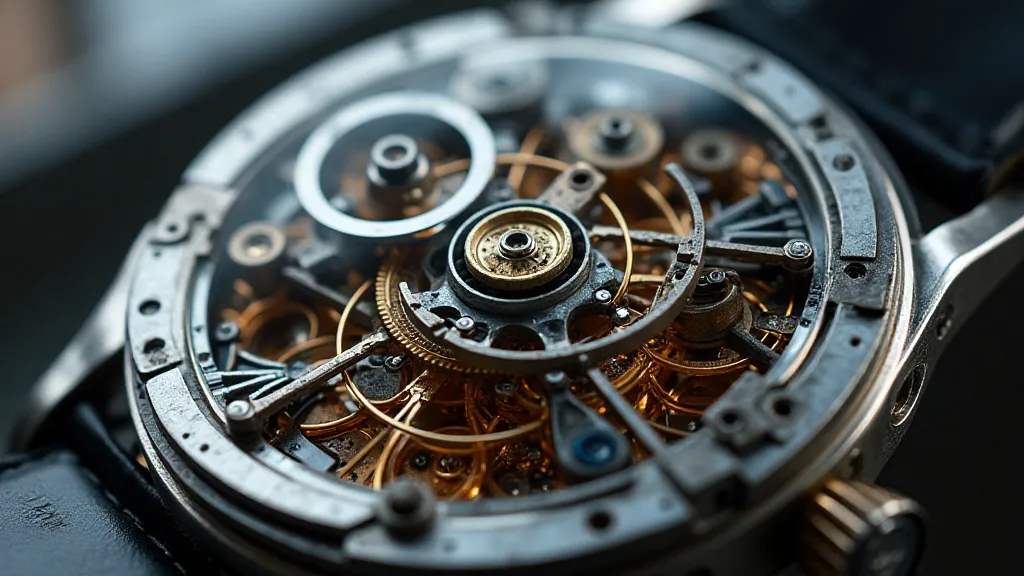
The Intersection of Tradition and Innovation: A Deeper Dive
The evolution of watch movements hasn't been a linear progression. It’s a complex interplay between established techniques and groundbreaking advancements. For example, consider the meticulous watch movement decoration, which is a hallmark of high-end watchmaking. While automation can streamline some aspects of this process, the artistry and skill of a master engraver remain irreplaceable. The future likely involves a judicious blend – using technology to enhance, rather than replace, traditional craftsmanship.
Furthermore, understanding the underlying principles of movement function is key to appreciating the innovations taking place. The complexity of components – from the mainspring that stores energy to the escapement that releases it in measured increments – requires a deep understanding of mechanical engineering. The rise of MEMS technology, for instance, allows for the creation of incredibly precise components that would be impossible to manufacture using traditional methods. This, in turn, enables finer adjustments and greater accuracy, pushing the boundaries of what's possible in watchmaking.
Challenges and the Future Outlook
While the future of watch movements looks exciting, there are challenges to overcome. The cost of adopting new technologies remains a significant hurdle, particularly for smaller brands. Furthermore, maintaining the traditional artistry and craftsmanship that define horology requires a balance between innovation and preservation of heritage. The ability to source ethical and sustainable materials is becoming increasingly important, driven by consumer demand for responsible practices.
The most likely scenario is a coexistence of traditional mechanical movements alongside those incorporating advanced technologies. We’re unlikely to see a complete replacement of mechanical movements. Instead, we’re witnessing an evolution – a fusion of time-honored techniques with cutting-edge innovation. This will lead to more accurate, efficient, sustainable, and often more aesthetically unique timepieces. The “future watch movement” will be one that honors the past while embracing the possibilities of tomorrow, continuing to fascinate watch collectors, repair professionals, and enthusiasts for generations to come.



